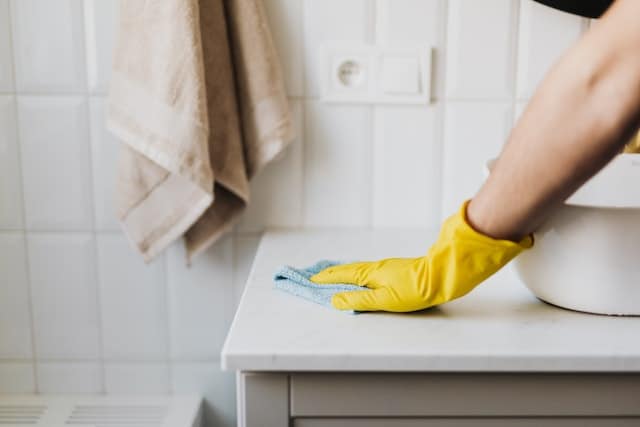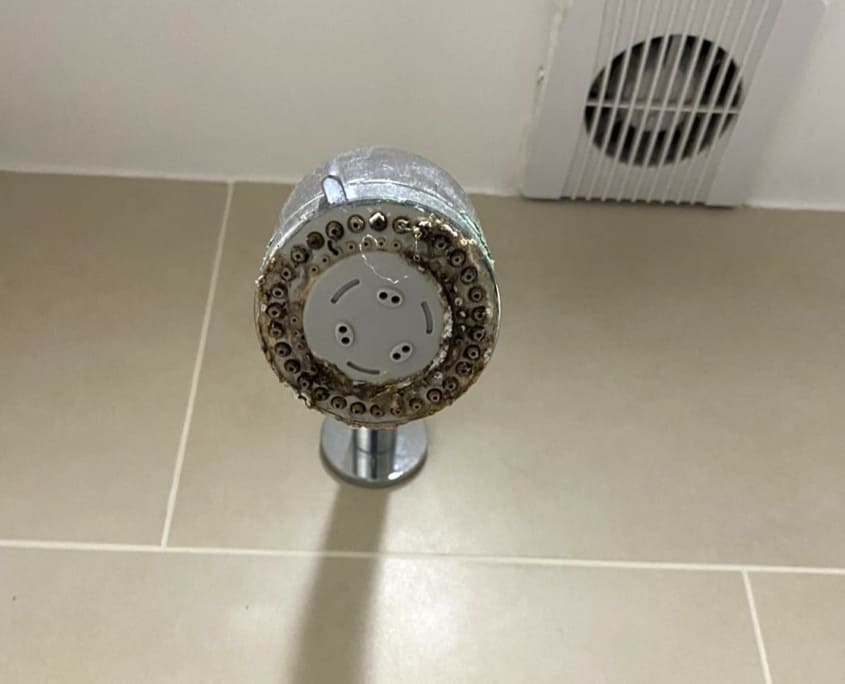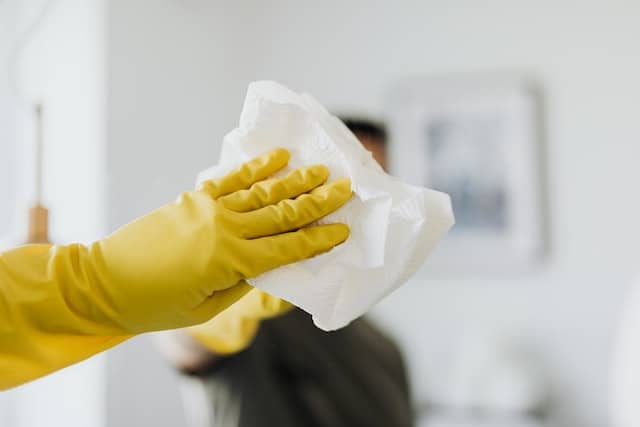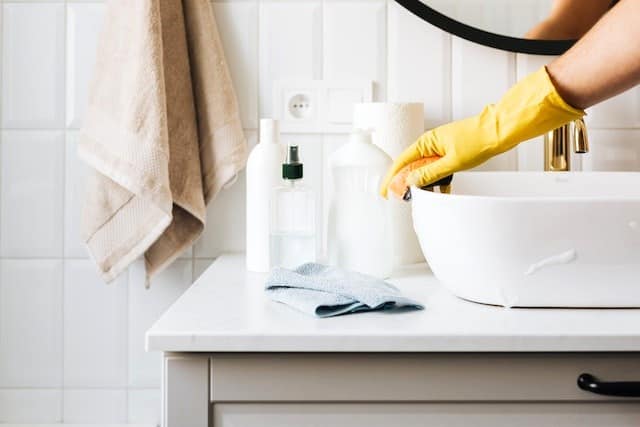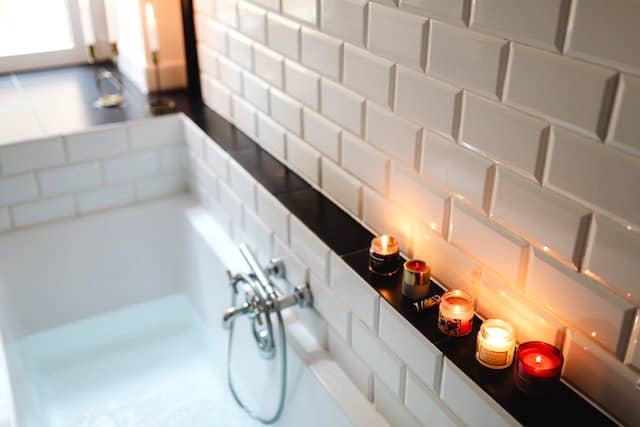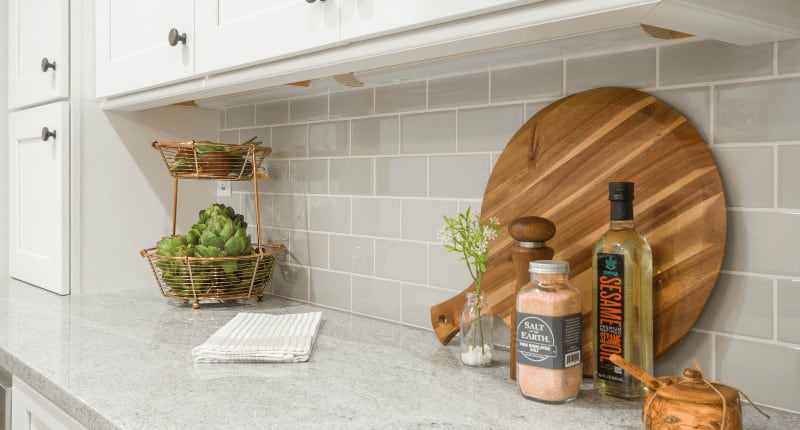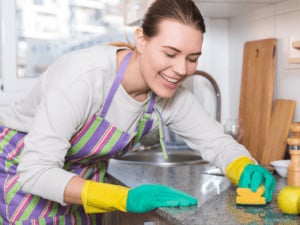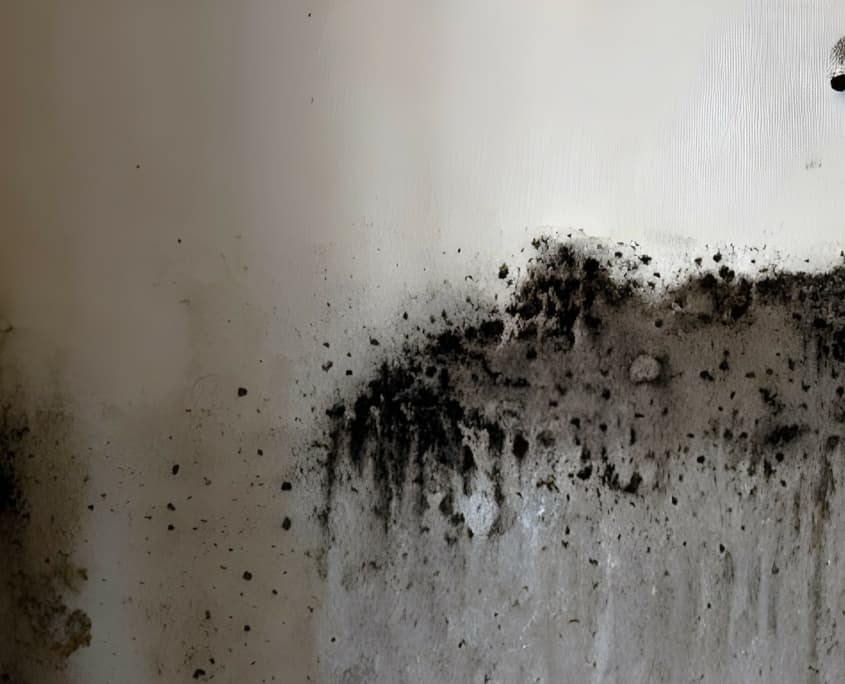
Always had trouble with mould around your home but do not know how to kill mould? Killing mould around the home is a tricky business. Removing mould, on the other hand, is fairly straightforward. However, these are not the same thing. Removing mould does not solve your mould issues. So, before we get to our solutions to remove mould, we are going to discuss what causes it and how you can stop it from returning.
What causes mould in the home?
Mould in the home is caused by damp, and there are several types of damp that cause mould to build up. However, the most common in homes in the UK, and the one we’re going to focus on here, is condensation.
Condensation occurs when there is a lot of moisture in a home. Common places to find this type of damp are usually in places like the bathroom, kitchen or laundry room. However, it can be anywhere in the home where ventilation is reduced. Without proper ventilation, moisture in the home cannot escape, and this causes condensation.
When there’s a big difference between the temperature inside the home and outside, the moisture in the air will settle on any cold surface. This is the same reason the mirror steams up when you have a shower. Air can only hold so much moisture, and as it hits a cold surface, it turns back into a liquid and forms droplets of water.
This water will cause damp spots around windows, mirrors and any cold surfaces and eventually cause mould unless the area is adequately ventilated. Mould grows in patches of black spots, known as black mould, and if your mould is caused by condensation, you’ll likely find them around the windows of your home. If the mould in your home is caused by another damp issue, you may find the black mould growing on your walls, ceiling, or flooring.
How to prevent mould in the home
The tips for removing mould we are going to give you in a moment are not preventing mould from returning. They are simply removing the mould that is there. The only way to prevent mould from returning is to treat the damp issue that is causing the mould in the first place.
How to stop condensation
If condensation is the cause of your damp issues, better ventilation in a room can solve this. A dehumidifier can also help to reduce the water in the air, reducing condensation. As can heating your home evenly. If your dampness is not caused by condensation, the treatment of the damp can be much more severe and expensive. Again, this is not something we will ll go into here, but solving the damp issues causing your mould is the only way of preventing it in your home.
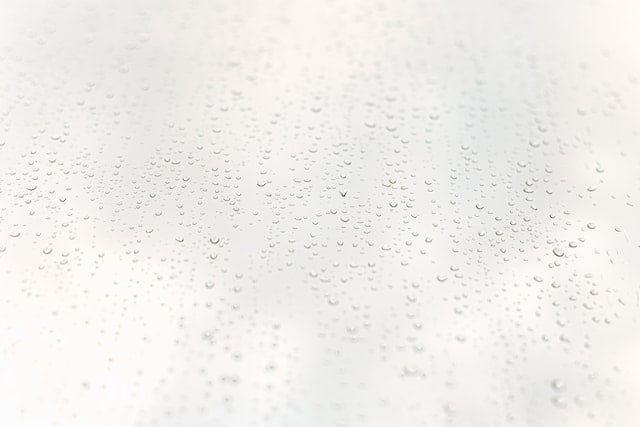
How to get rid of mould in the home
Removing mould from your home can be done with very simple cleaning solutions like bleach and a bicarbonate of soda and vinegar solution. Simply spraying the mould with the solution of your choice (bicarb and vinegar) and scrubbing it with a microfibre cloth is enough to remove mould from just about anywhere.
This is not a treatment for mould, nor will it stop the mould from returning. This is simply a way of removing the visible mould from around your home. From there, the cause of the mould and a treatment plan should be put in place to stop it from returning.
How to remove mould on walls
You can remove mould from the walls of your home with a bleach and water solution. This is one part bleach to four parts water. Spray the solution on the affected area of the wall, give it a scrub with a cloth and pat the wall dry afterwards.
Just as above, though, this is not going to treat the mould. For that, you can use mould-killing paint. This does destroy the mould and works very effectively. Mould-killing paint is available in the most common colours, so there is no need to paint the entire wall with mould paint, just the affected areas.
A lot of people also swear by using Mould Magic Extreme to kill the mould around the home. This stuff is extremely powerful and works very well at killing visible mould, so it is well worth a try.
All of these methods will kill the visible mould in your home, but they will not stop it from returning. If the damp causing the mould issues in your home is not treated correctly, then mould will continue to grow in your home no matter what methods you use to remove it.
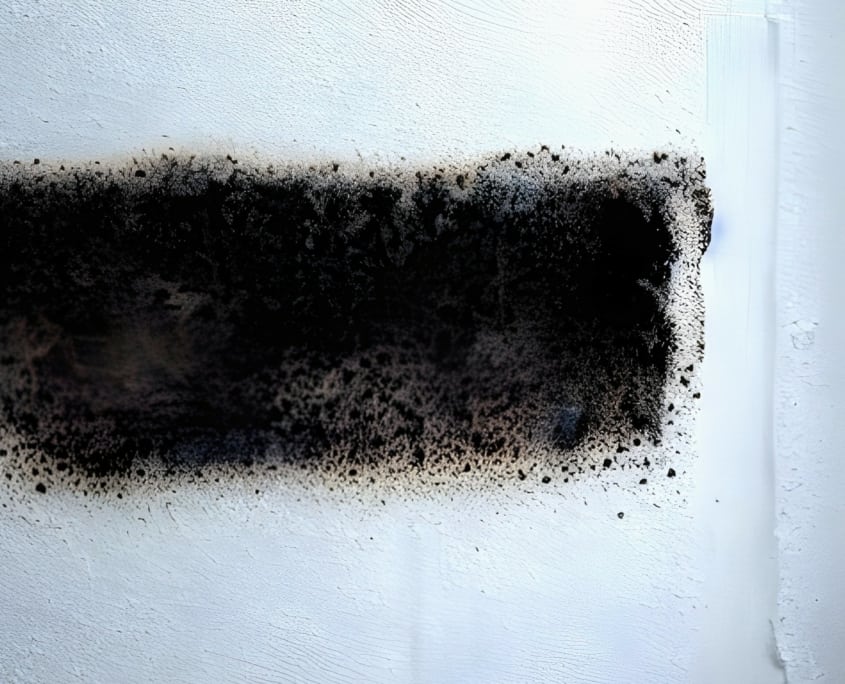
How to treat damp walls before painting
Before painting your walls, you need to treat mould and get rid of any black mould and mould spores. However, before you do this, the cause of the damp issues must be treated. Rising dampness, condensation, and any excess moisture or high humidity should be removed from the home. From there, you can clean mould off of your walls and prepare them for paint.
After treating the cause of the excess moisture, you’ll need to let all painted surfaces that have been affected by the mould dry fully. After this, you can prepare them for paint. Here is a step-by-step guide to treating damp walls, removing mould spores and black mould from your walls and giving them a coat of paint.
Remove mould and damp stains
Wash all infected areas with a good quality damp or mould removal spray. This will get rid of mould on the walls. To ensure the mould and mildew removal has been successful, you may want to repeat this step. Mould spray is widely available, but ensure that the one you use is good quality.
Repair cracks or holes in interior walls
You can now use a filler to fill all cracks and holes in the walls. Some people use a waterproof sealant for this task, but if the damp issues have been solved, a standard wall filler will work fine for this.
Sand down the area
Once the filler has dried, you can sand the area. You may find new areas that need to be sprayed with a mould removal spray during this process. You may also find new areas needing to be filled. The more time you spend sanding and reapplying mould spray and filler here, the better the end result will be.
Wash away the residue
Now the walls are nicely filled and sanded; you can wash away any residue of the mould spray and any other excess water or filler. You can use water and a damp cloth for this, but many people use a mould removal spray here to ensure that every mould spore has been removed. Leave your walls to dry overnight before the next step.
Apply a waterproof seal
Once the wall is dry, it is a good idea to apply an anti-mould paint as this will prevent the regrowth of mould spores. This works particularly well in rooms with poor ventilation or if you are drying clothes indoors in this area, for example.
You will need to prime or seal the wall before you paint anyway. Using a sealant designed to stop mould growth can massively help with your mould problems.
Paint your walls
Once the undercoat is dry, you can paint your walls as you normally would. If all the mould has been removed, there should be no discolouration of your new paint, and the internal walls with mould issues should look just as good as the rest of the walls.

How to remove mould from ceiling
Before we tell you how to remove mould growth from a ceiling, we urge you to invest in long rubber gloves and a good protective mask. Wearing eye protection is also recommended. Oh, and please ensure the room you are working in has good ventilation. When you remove mould from any surface it can release mould spores into the air. If you have inadequate ventilation, you can breathe them in.
To get rid of mould from your ceilings, you can use a mild detergent in some warm water or make a solution of white vinegar or diluted bleach. Give the area a good scrub, leave it to dry and repeat if needed. This will not solve your damp problems, but it will remove the visual signs of the damp. You can then follow our steps for painting walls with mould above.
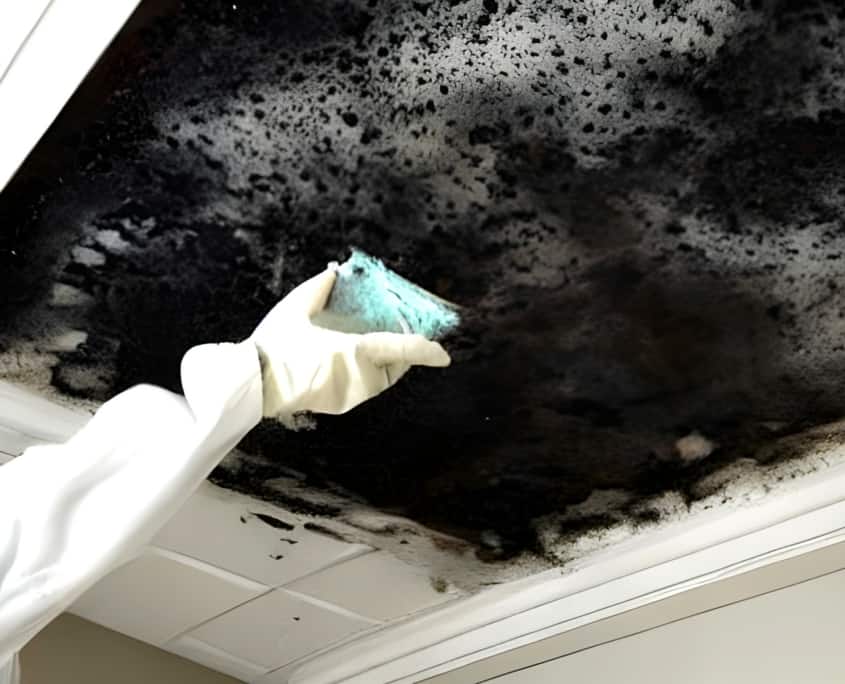
Does bleach kill mould?
Bleach does kill mould, but it does not stop it from returning. Sadly, when the conditions are right, mould will continue to grow no matter what cleaning solution, mould paint or mould and mildew cleaner you use. The only way to stop mould from returning is to solve the issue that is causing it in the first place. For most, this is condensation, and it is relatively easy to solve condensation issues with a bit more ventilation and a dehumidifier.
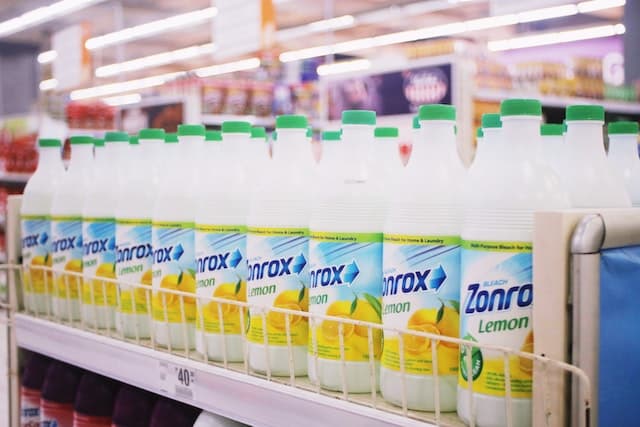
Does vinegar kill mould permanently?
Vinger is fairly effective at removing the most common household moulds, but it does not kill every kind of mould. If the root cause of your mould issues is not treated, then mould will return no matter what you use to remove it.
Read our article on how vinegar can be used to clean silver.
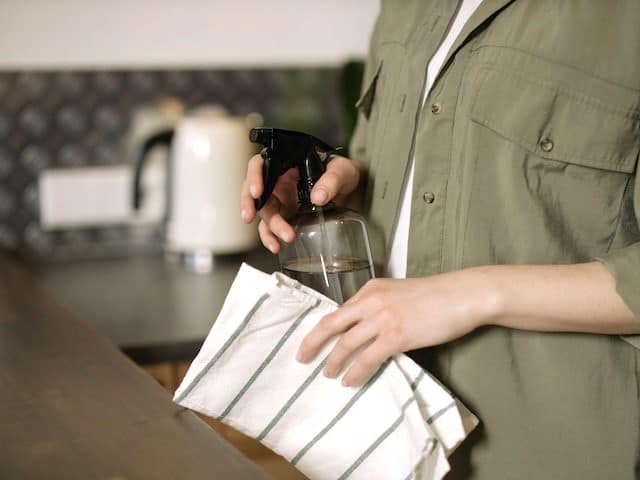
Is bleach or Vinegar better to clean mould?
The mildly acidic nature of vinegar makes it better for killing mould than bleach. However, it cannot kill all kinds of mould found around the home. Also, if the damp conditions that mould loves are not solved, the mould will return no matter the cleaning product you use.
What kills mould the fastest?
Hydrogen peroxide kills mould faster than anything else. However, this can be very dangerous to use. If the area in your home with mould has poor ventilation, or you do not have the correct PPE, we would strongly suggest using a mould removal spray or white vinegar to remove your mould. In most cases, these are more than adequate to remove mould
Conclusion
We hope this look at killing mould in the home has been helpful. Just remember, removing the mould is fairly straightforward, but stopping it from returning can only be done once you have found the cause of the mould. For more cleaning tips, explore Cleaning Express some more. Or, for our help with all your home cleaning needs, get in touch today. We can be cleaning your home as early as tomorrow.

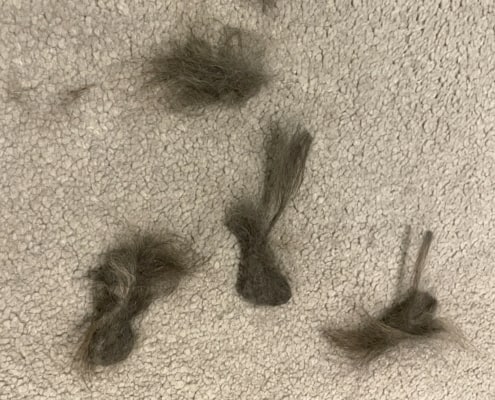
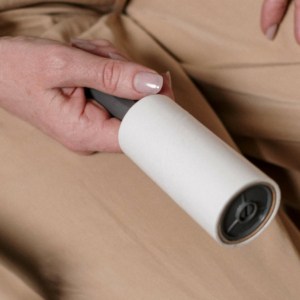
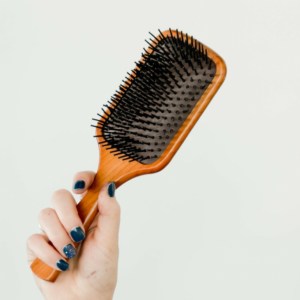
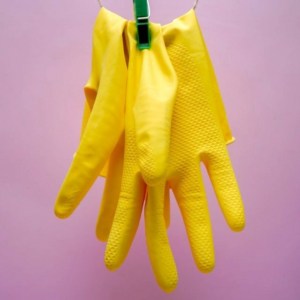

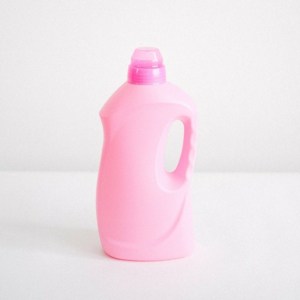
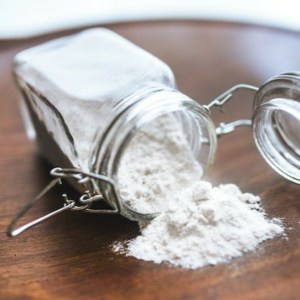
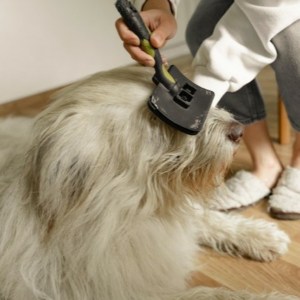

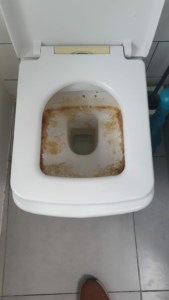
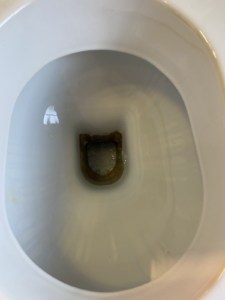
 If you’re looking for office cleaning services, you may wonder when the best time to clean your office is. Having a clean office is great, but if the cleaners interrupt your staff while working, it can cause issues. So, choosing the perfect time to clean your office is critical.
If you’re looking for office cleaning services, you may wonder when the best time to clean your office is. Having a clean office is great, but if the cleaners interrupt your staff while working, it can cause issues. So, choosing the perfect time to clean your office is critical.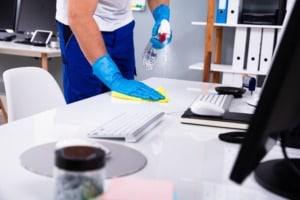 Early morning office cleaning sessions are ideal if you want your office to look perfect each time your staff arrive to work. Any bathrooms, food prep areas or kitchens are also completely spotless, so your team can feel safe and enjoy a sparklingly clean environment.
Early morning office cleaning sessions are ideal if you want your office to look perfect each time your staff arrive to work. Any bathrooms, food prep areas or kitchens are also completely spotless, so your team can feel safe and enjoy a sparklingly clean environment.


 If you own your house, you may think that end-of-tenancy cleaning won’t be able to help you. However, a cleaning company experienced in end-of-tenancy cleaning can help when moving into a new house or moving out.
If you own your house, you may think that end-of-tenancy cleaning won’t be able to help you. However, a cleaning company experienced in end-of-tenancy cleaning can help when moving into a new house or moving out.
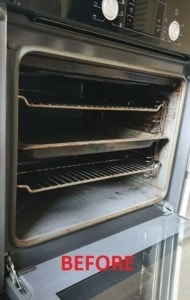
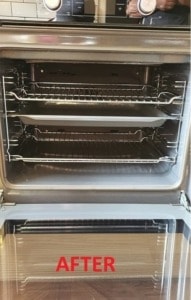 Cleaning the burnt food and grime in an oven has been causing people headaches ever since the oven was invented. However, there are some tips that make cleaning an oven a lot easier, and we’ll be looking at these oven cleaning tips today. We will also have a step by step cleaning guide that uses natural, readily available cleaning supplies. There’s no need to use harsh cleaning chemicals to clean your oven; all of the cleaning can be done with things you’ll find in the baking aisle of the supermarket.
Cleaning the burnt food and grime in an oven has been causing people headaches ever since the oven was invented. However, there are some tips that make cleaning an oven a lot easier, and we’ll be looking at these oven cleaning tips today. We will also have a step by step cleaning guide that uses natural, readily available cleaning supplies. There’s no need to use harsh cleaning chemicals to clean your oven; all of the cleaning can be done with things you’ll find in the baking aisle of the supermarket.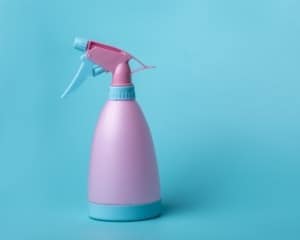 Once the boiling water has been left to work for an hour, you can remove it from the oven and begin scrubbing the food away. This is a lot easier with a very simple cleaning solution. Mix a 3:1 water to vinegar solution in a spray bottle, and grab your bicarbonate of soda again.
Once the boiling water has been left to work for an hour, you can remove it from the oven and begin scrubbing the food away. This is a lot easier with a very simple cleaning solution. Mix a 3:1 water to vinegar solution in a spray bottle, and grab your bicarbonate of soda again.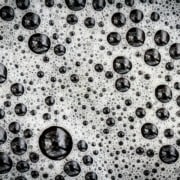 If you have very stubborn areas of burnt-on grime in your oven, you may want to repeat the boiling water step once you have removed as much as you can. You can also make a paste from the bicarbonate of soda and leave this to soak into problem areas. Just add some bicarbonate of soda into a bowl and slowly add water, mixing as you go. Once it has a paste-like texture, cover all of the problem areas in the oven. You can also use this bicarbonate of soda paste on the glass door of your oven if required. However, if you follow the cleaning steps above, your oven door should be quite clean already.
If you have very stubborn areas of burnt-on grime in your oven, you may want to repeat the boiling water step once you have removed as much as you can. You can also make a paste from the bicarbonate of soda and leave this to soak into problem areas. Just add some bicarbonate of soda into a bowl and slowly add water, mixing as you go. Once it has a paste-like texture, cover all of the problem areas in the oven. You can also use this bicarbonate of soda paste on the glass door of your oven if required. However, if you follow the cleaning steps above, your oven door should be quite clean already.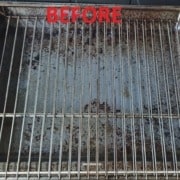
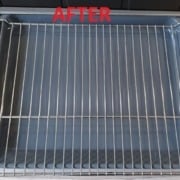 Now that your oven racks have had plenty of time to soak in the vinegar, water and bicarbonate of soda, you will probably be able to wipe away the grime and food very easily with a microfibre cloth. Leaving the racks until the very end gives them time to naturally soak in the cleaning solution, so a quick wipe is usually all that’s needed.
Now that your oven racks have had plenty of time to soak in the vinegar, water and bicarbonate of soda, you will probably be able to wipe away the grime and food very easily with a microfibre cloth. Leaving the racks until the very end gives them time to naturally soak in the cleaning solution, so a quick wipe is usually all that’s needed. Cleaning an oven seems like a near-impossible task, but with the right tips, it is actually a very easy and stress-free cleaning job. To clean an oven, all you need to do is:
Cleaning an oven seems like a near-impossible task, but with the right tips, it is actually a very easy and stress-free cleaning job. To clean an oven, all you need to do is:



